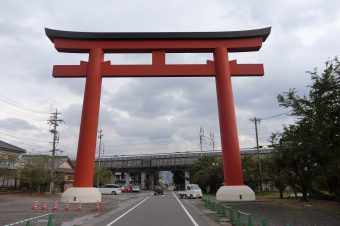Located at the top of a small hill in Ueno Park is Ueno Daibutsu. Consisting of an intricate Buddhist pagoda and a shrine with statue of a Buddhas head, although monument might be small it has a large and incredible history. However to fully understand the history behind this area you have to go back to. In 1631, a Great Buddha was built by a feudal lord Hori Naoyari, whom governed the area around Murakami in Niigata Prefecture. The seated Buddha statue measured 2.8 meters in height. However the statue suffered earthquake damage in 1640 and had to be restored. The statue then suffered a fire in 1841, and more earthquake damage once again in the 1855 Edo earthquake.
However the final blow came during the 1923 Great Kantō earthquake, when the statue suffered so much damage that the Buddhas head fell off. After this the body and pedestal were somehow seized by government under Metal Acquisition Law, they then melted down the remnants of the statue and used it to produce weapons during World War II. The irony behind using a statue that is supposed to stand for peace and love being melted down and used as weapons was apparently lost on the Japanese at the time but desperate times call for desperate measures.
Fast Forward to 1972 the Ueno tourism decided to build a pagoda and the Buddha head was restored and enshrined on the wall. After everything that the Buddha statue has been through, its enshrinement 
 at this pagoda is considered a symbol of good luck and good will.
at this pagoda is considered a symbol of good luck and good will.
When I visited Ueno Park I had no clue that this pagoda even existed, it wasn`t on any maps and when I did find it there were little to none English resources about it. After i got home i did a quick google search which came up with very little results, its crazy yet exciting to me that in this day and age that something like this can exist with very little English resources out about its history. Out of the multiple shrines and temples that i have visited throughout all of Ueno Park this pagoda was truly a standout. With its unique design and its fantastic history it truly makes this one of Ueno parks cant miss stops.








